Travel is a many-splendored thing, and among its splendors the memories it bestows. For more than a year, with freedom of movement so sharply curtailed, I found myself turning to memories of faraway places—the colors, sounds, and flavors of which were all amplified, somehow, by nostalgia, and by the question of when, if ever, the world might arrive at a new and possibly better kind of normal.
In recent months, one memory in particular, of a tradewind-kissed afternoon on the west coast of Oʻahu, had been resurfacing with a certain persistence, along with the idea of digging once more into the history, culture, and cuisine of the Hawaiian archipelago, all of which had piqued my curiosity on that sojourn a few years ago.
And so it was, on an afternoon in June, I found myself supine in an open-air hut, gazing at palm fronds jousting in a breeze while the impressively strong hands of a masseur dispatched a long-held accumulation of pandemic-era tension. The technique was Lomi Lomi, a sacred Hawaiian healing art that is among the modalities offered by the spa at Four Seasons Resort Hualālai, a secluded 800-acre retreat on Hawai'i's sun-drenched Kona coast where I'd come to unwind, and to contemplate the things I'd seen and heard and tasted while traversing the western side of the Big Island from tip to tip, and from its mountaintops to the sea.
In post-Lomi Lomi bliss, I strolled—or possibly levitated—along the lushly landscaped path to my room, whose dimensions and general aura more closely resembled those of a suite, with a balcony overlooking the thatched-roof palapas beside an infinity pool, and the blue Pacific lapping at a white sand beach just beyond.
After a soothing rain shower and a bit of reading, I set out to explore the resort's one-and-a-half-mile waterfront, only to be diverted by a duo singing Hawaiian songs on the lawn of the al fresco Mediterranean-influenced restaurant, Beach Tree. Securing a table, I ordered a Captain Ed, a cocktail whose pineappley fruitiness belied the synergistic power of a pair of rums: Kuleana and Old Lahaina, made on Hawai'i and Maui, respectively. As the summer sun began to set, which it does on the early side thanks to Hawai'i's relatively southern latitude, I decided to stay for dinner: a tangy Ceasar salad; spaghetti cacio e pepe made with Pecorino Toscano, which has a more delicate flavor than the traditional Pecorino Romano; and a side of savory sauteed mushrooms from a farm in Laupahoehoe, near Hilo. And as I savored the last sips of a moody Vietti Nebbiolo 'Perbacco,' a lone gull cut a line above the ocean, its wing beats pulsing gray against the darkening sky.
Kona is the Hawaiian word for leeward, and sheltered from the northeasterly tradewinds, the Kona Coast is almost perpetually sunny. The morning heat intensifies quickly and, to beat it, I made a ritual of breakfasting early at the beachside restaurant 'Ulu where, while munching on lemon ricotta pancakes or a paniolo (Hawaiian cowboy) burrito or avocado toast with basil-macadamia nut pesto, you can caffeinate yourself with a French press of pure Kona coffee whose rich, smooth flavor offers a fascinating window into the geological and social history of the Big Island.
Kona's coffee is a product of volcanism, as are the Hawaiian Islands themselves. Driving up the Kona coast for the first time, I was struck by the vastness of the lava field blurring by, and by the landscape's uncanny resemblance to the foothills of Sicily's Mt. Etna, where I'd gone several years ago to learn about Etnean wine. The resemblance is no coincidence. All of the active volcanoes of Hawai'i (one of which, Lō'ihi, is still deep beneath the waves and not likely to break the surface for another 200,000 years) are so-called shield volcanoes, just like the base of Etna. And here again on Hawai'i were all the familiar volcanic materials, from cinders and boulders and jagged ridges, to sprawling plumes whose convoluted surfaces resembled those of marshmallows held too long in a fire. That the grasses and shrubs looked as if they had barely begun to establish a toehold suggested the eruption had been quite recent. Indeed, this particular river of lava poured from the flank of Hualālai, the mountain from which the resort takes its name, just 220 years ago, in geological terms but the blink of an eye.
Nick Czap
A secluded 800-acre retreat on Hawai'i's Kona coast, Four Seasons Resort Hualālai takes its name from a nearby volcano.
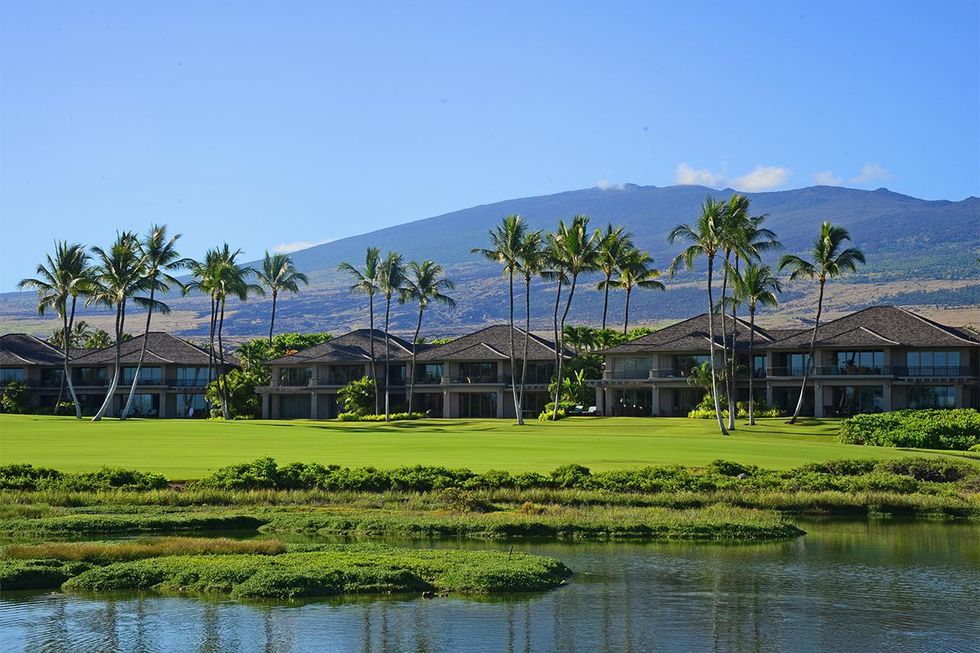
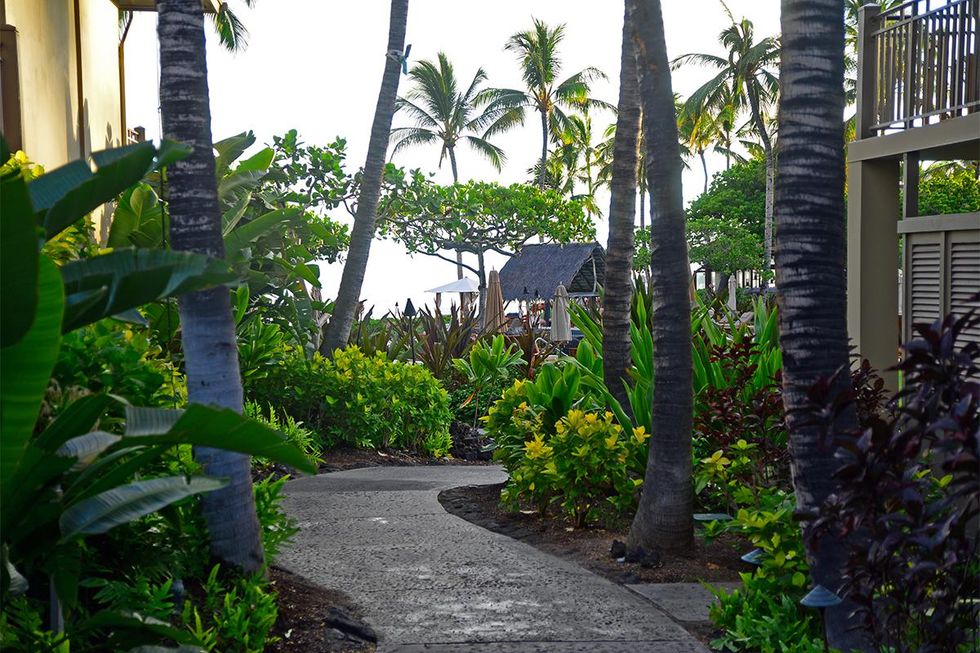

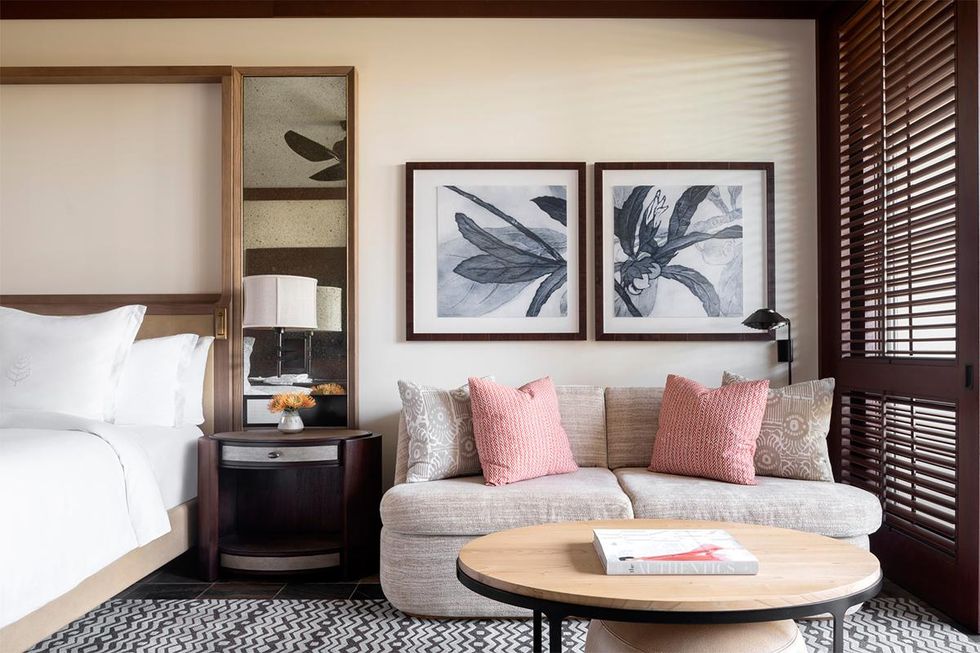

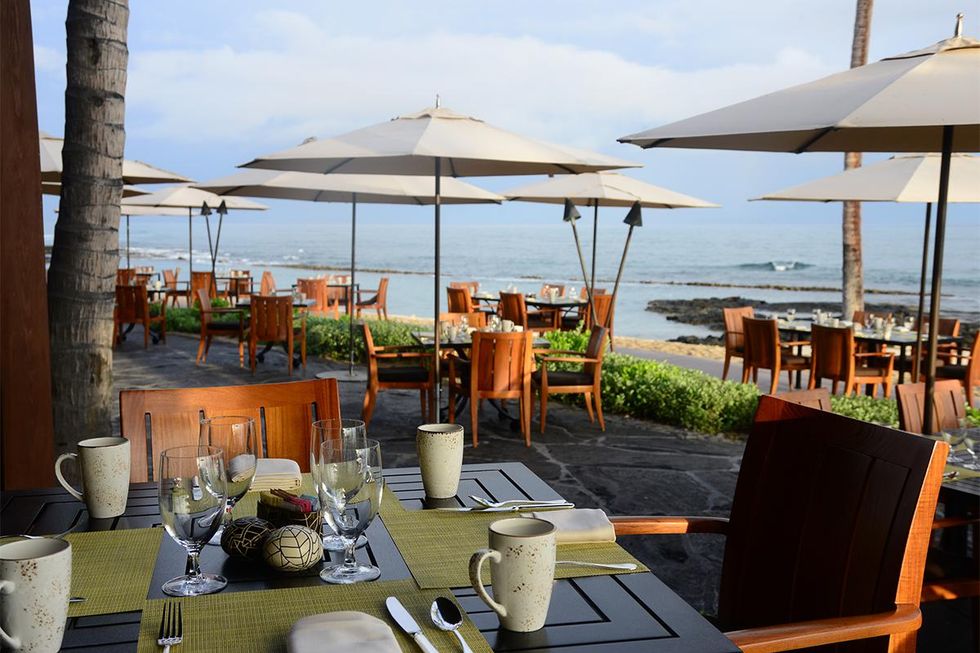
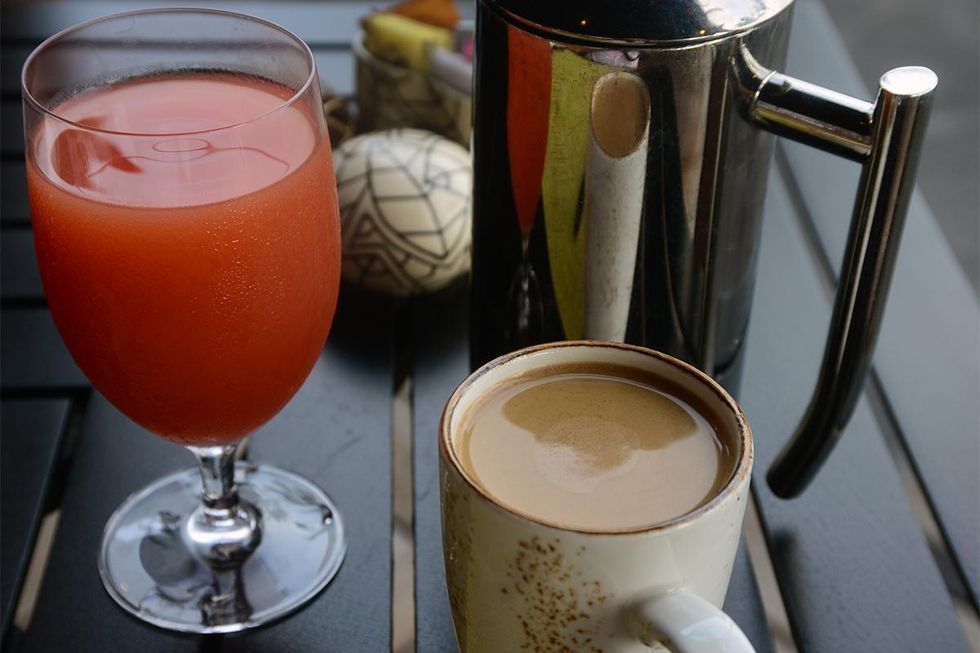
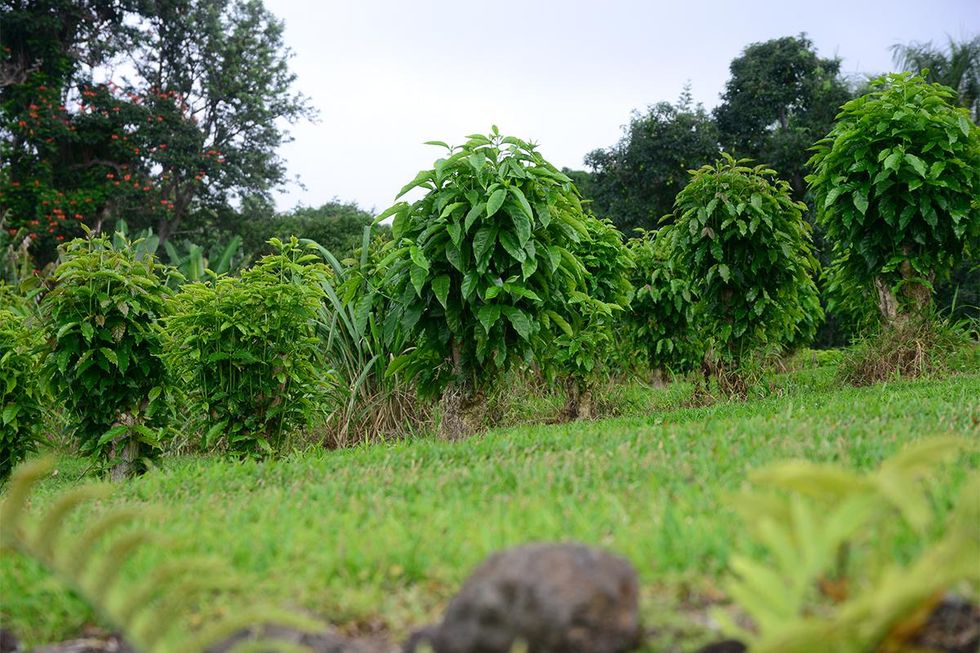
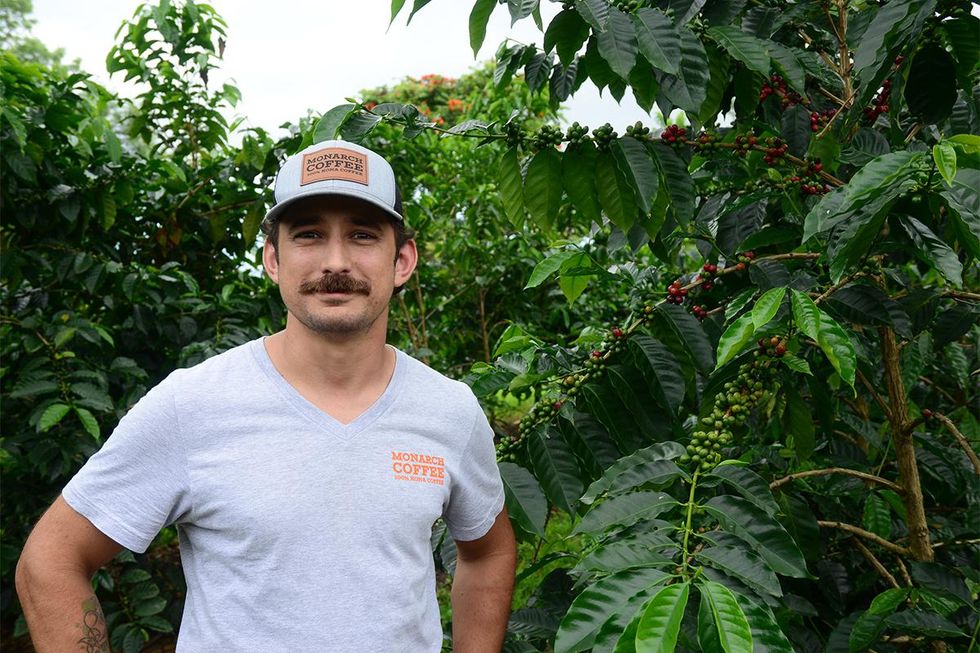
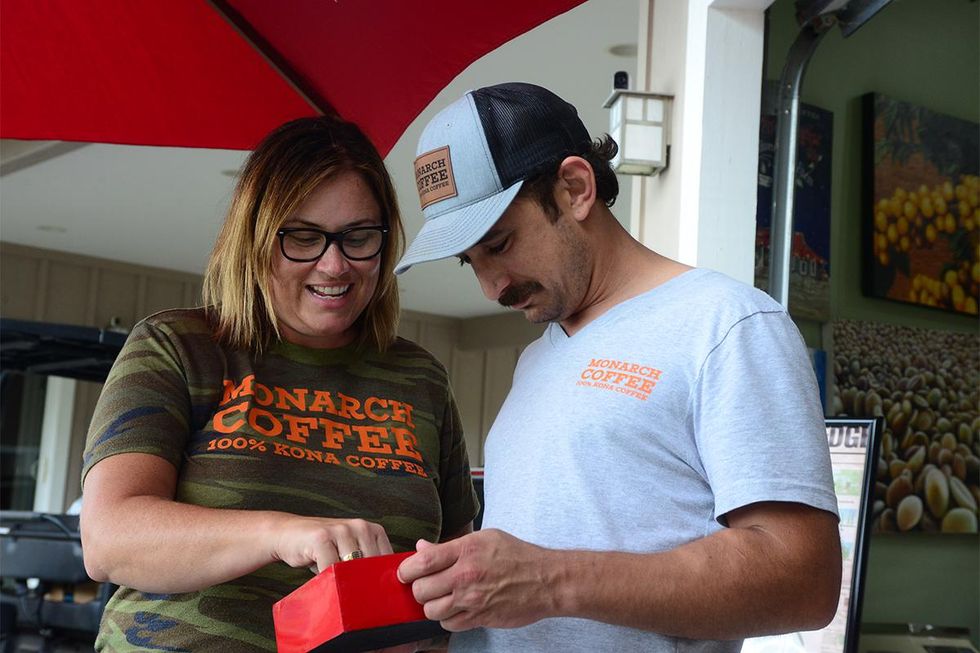

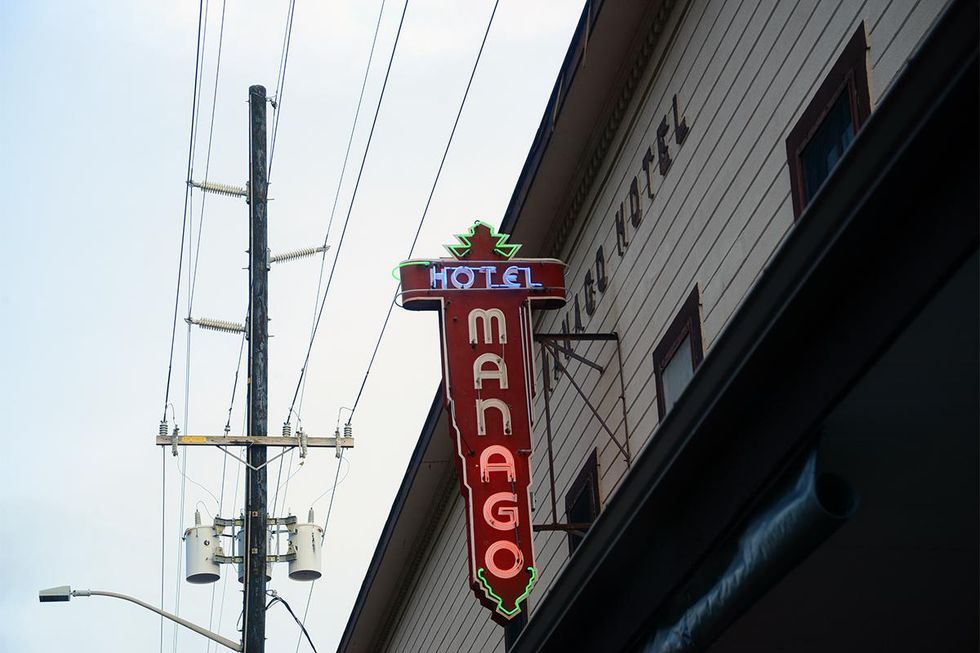
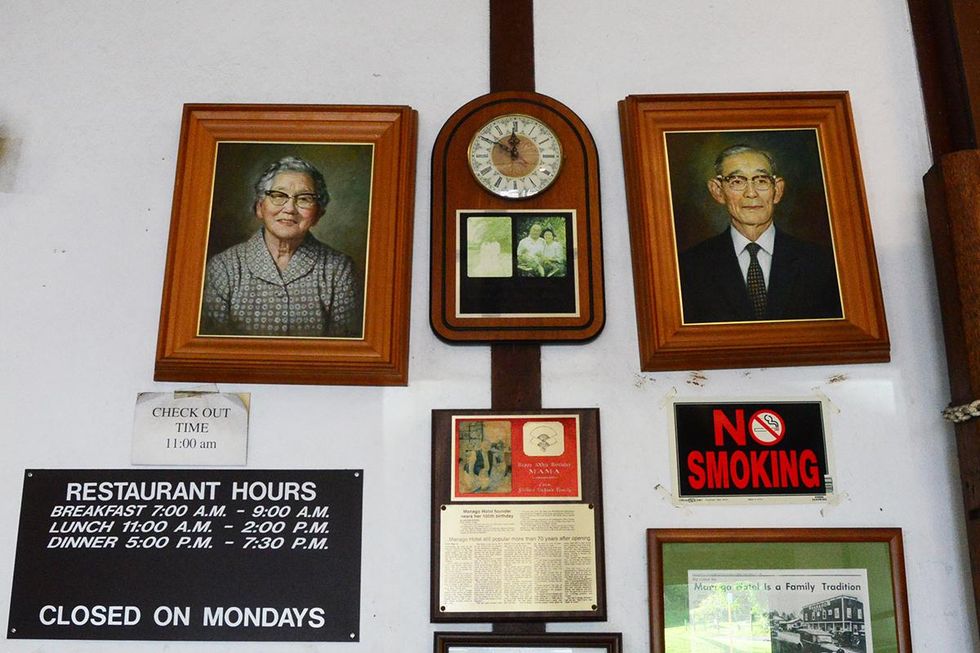
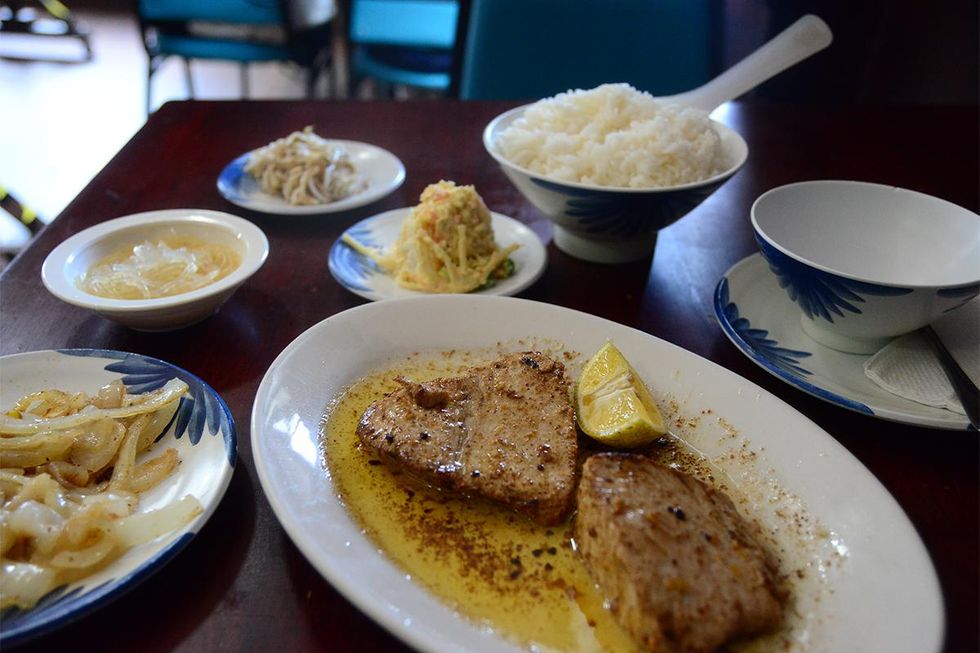
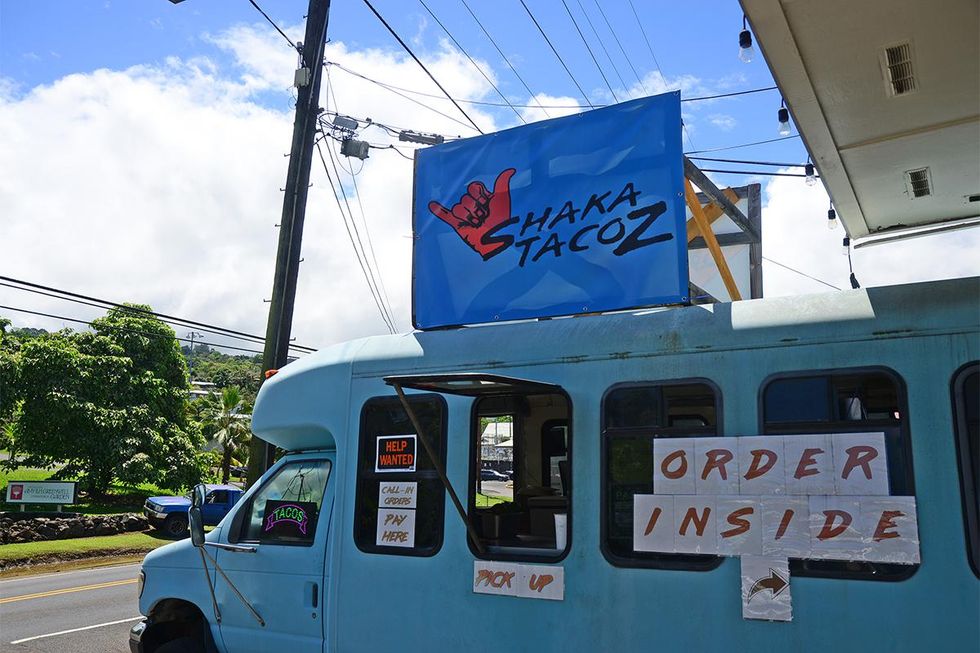
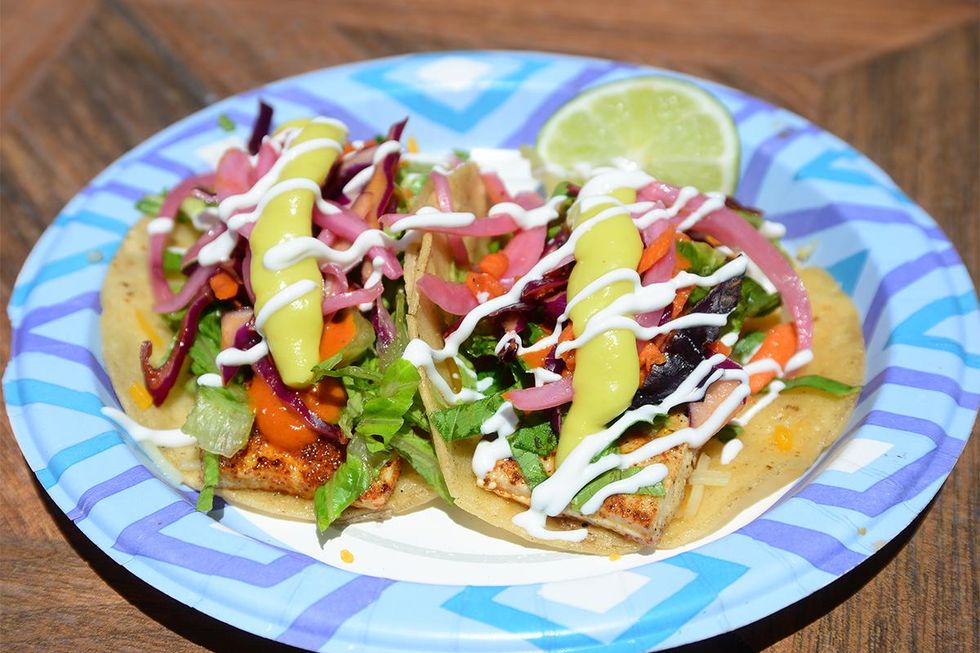
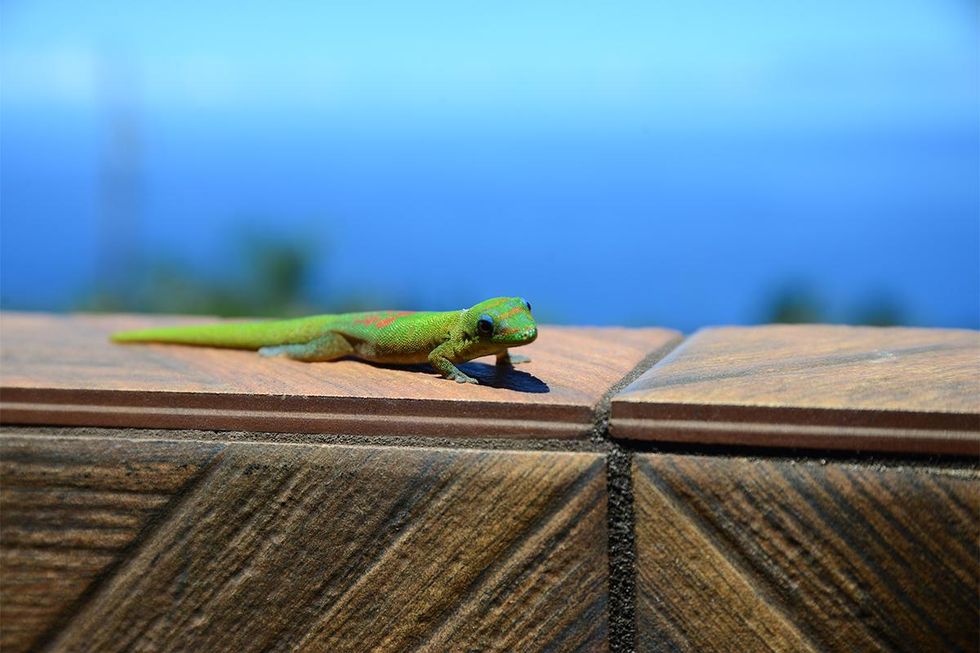
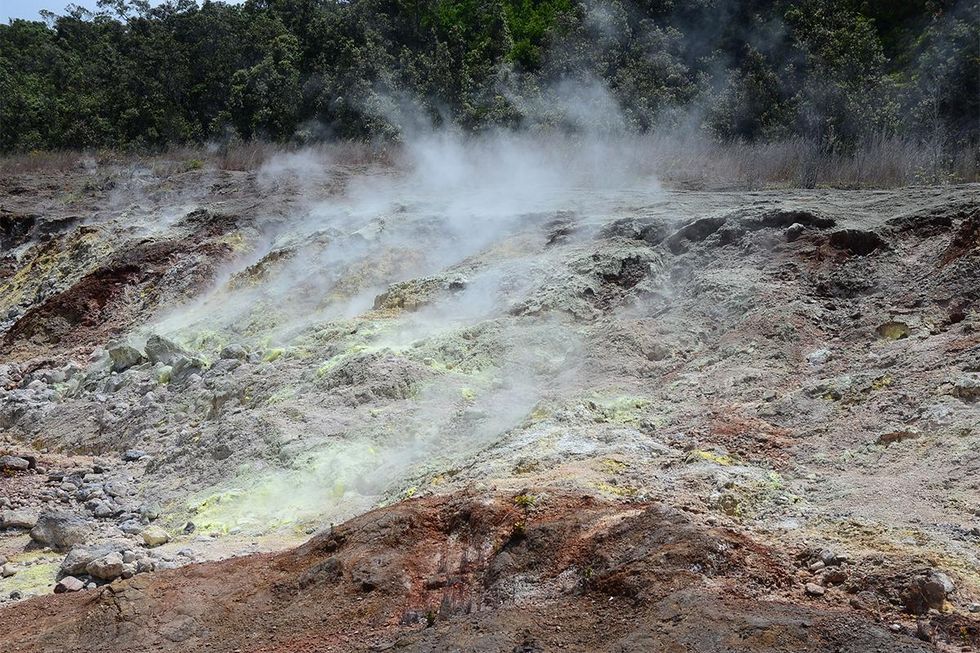
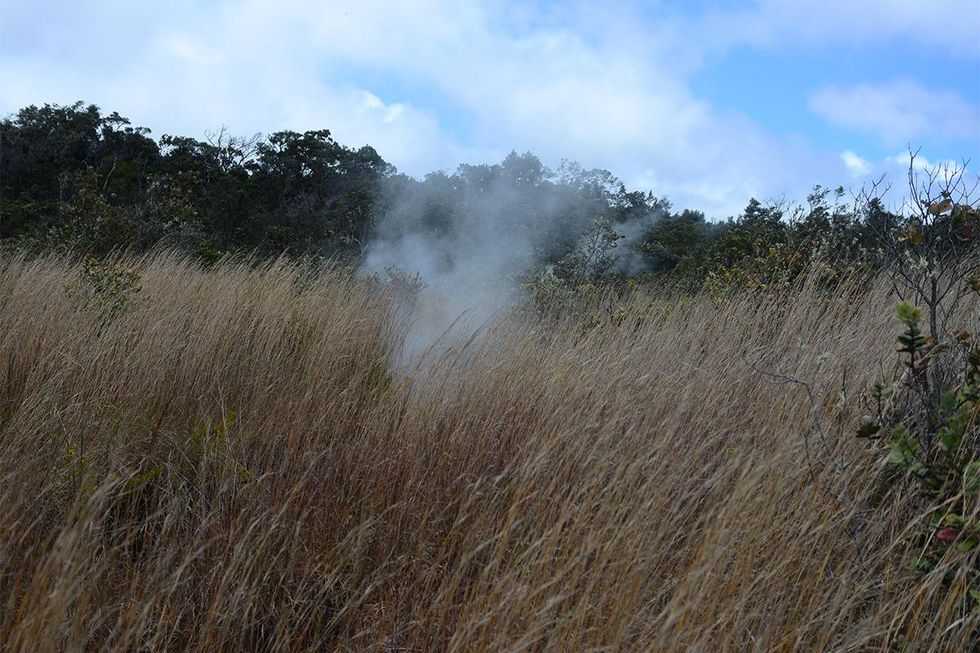
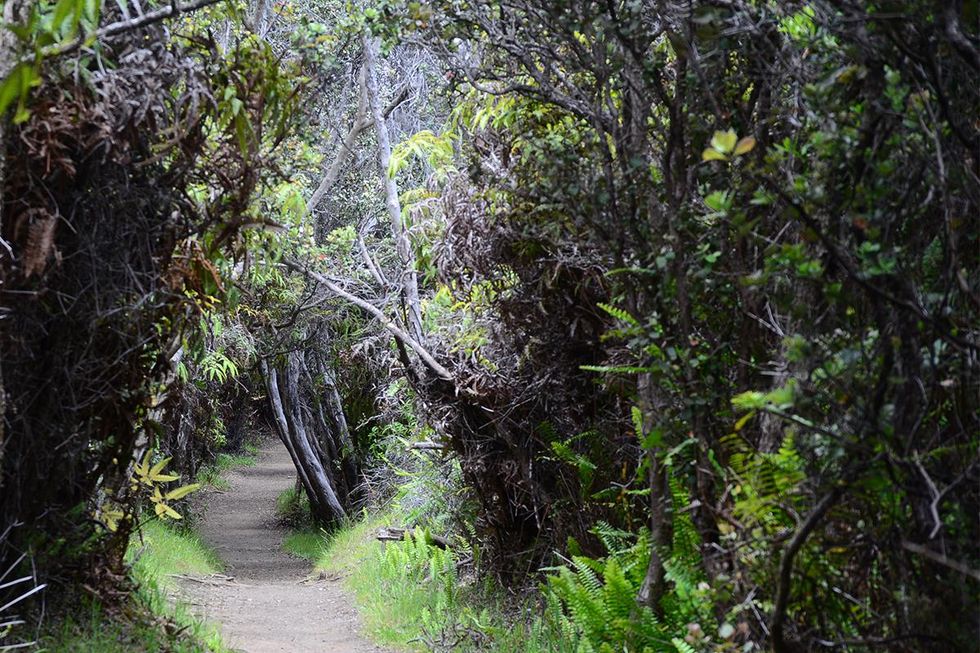
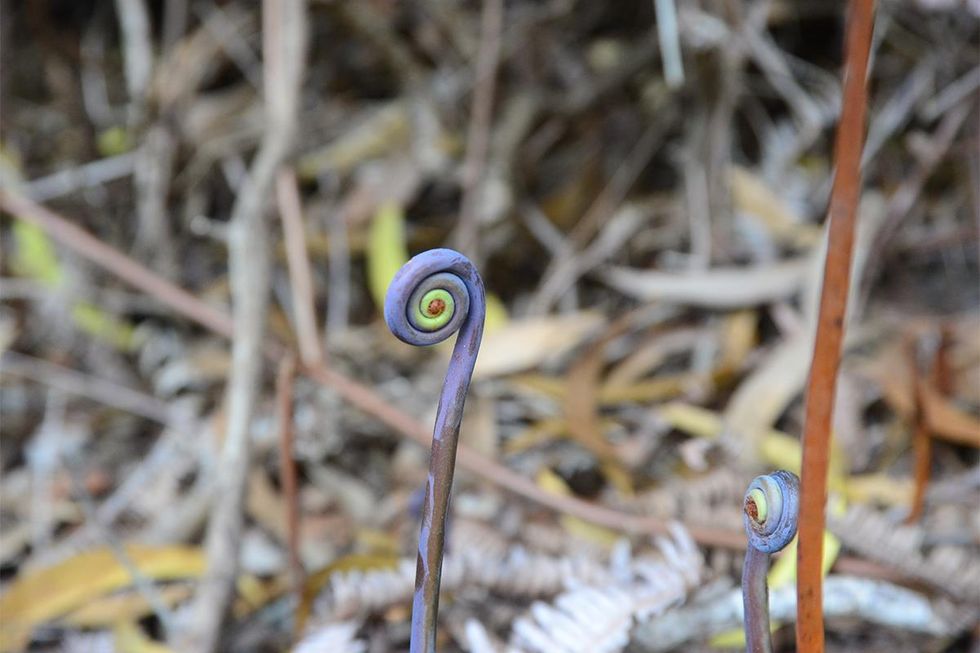
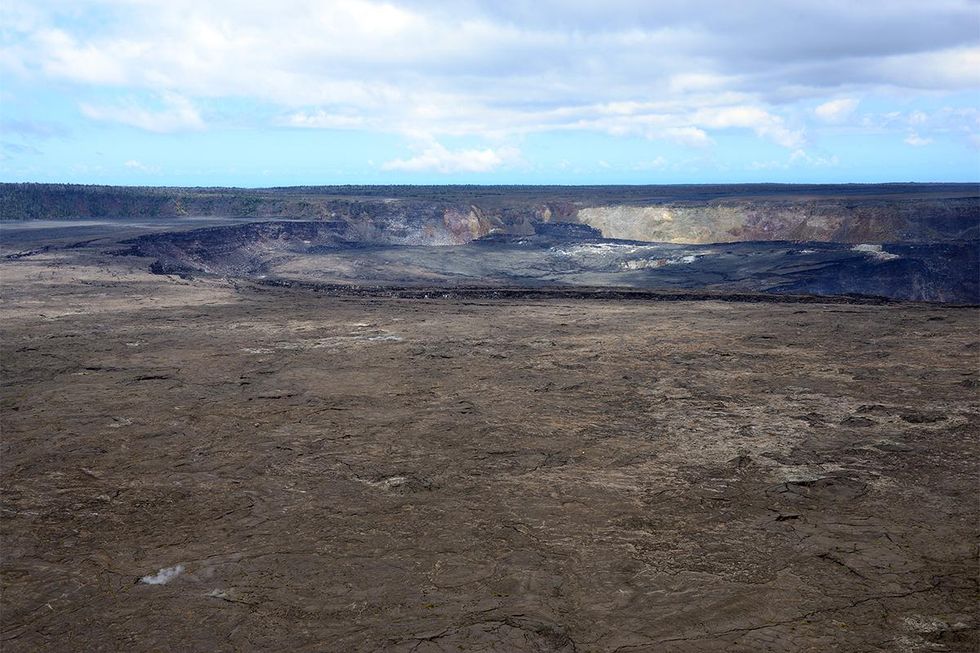
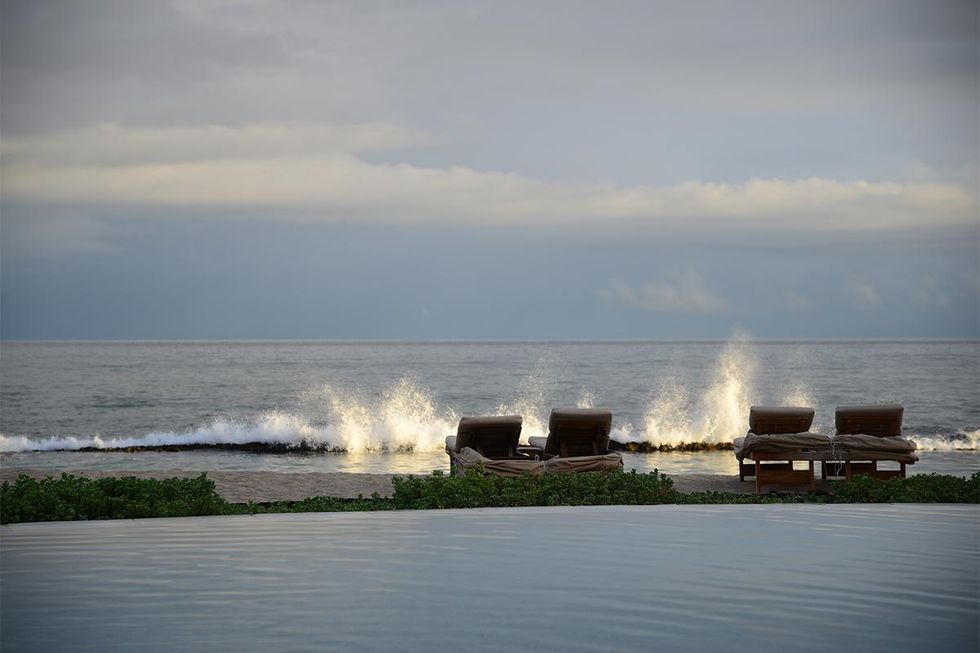

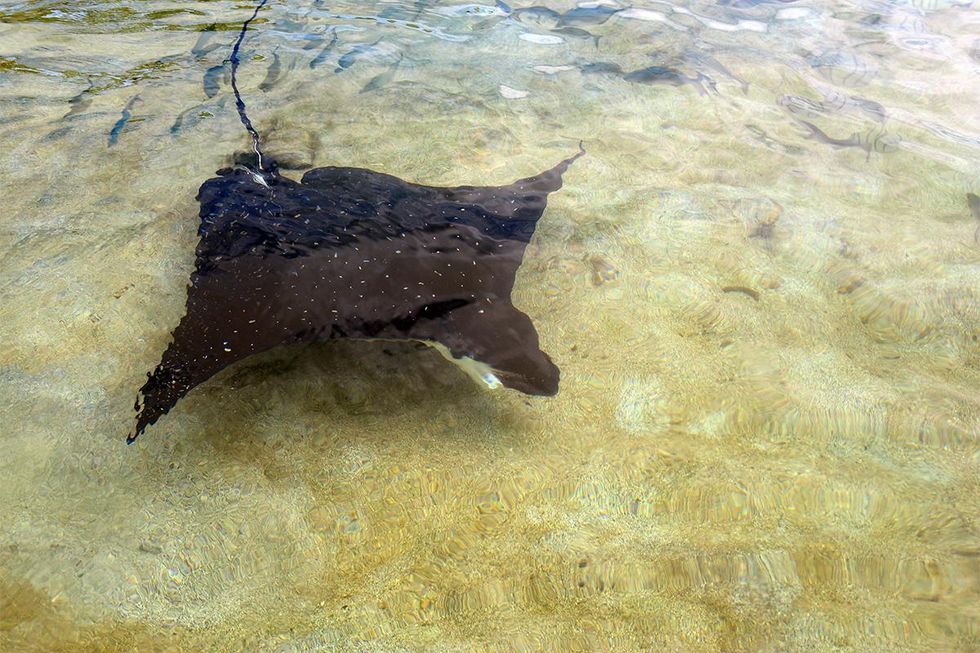
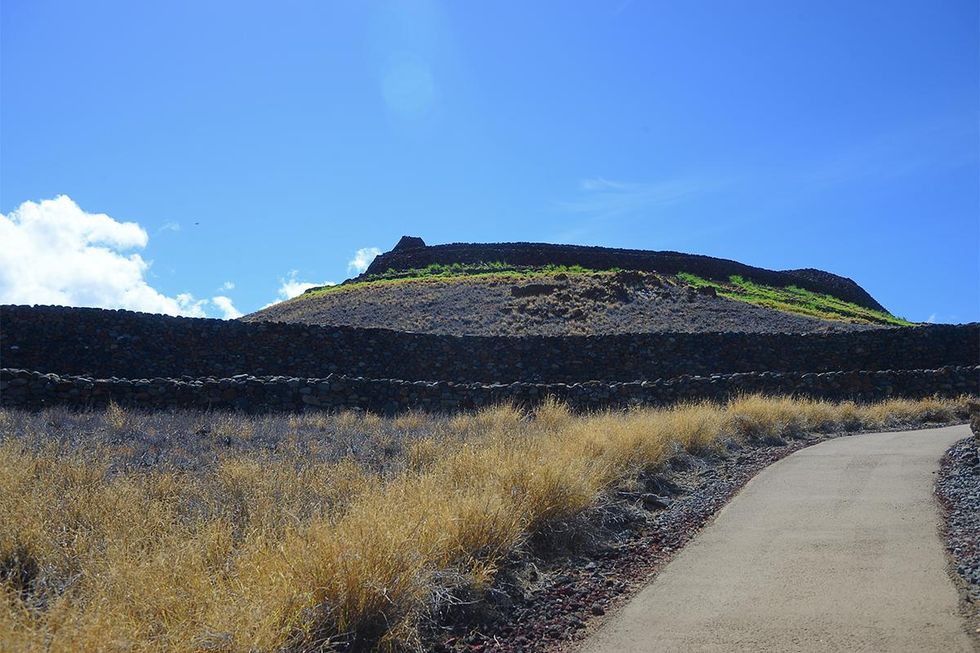
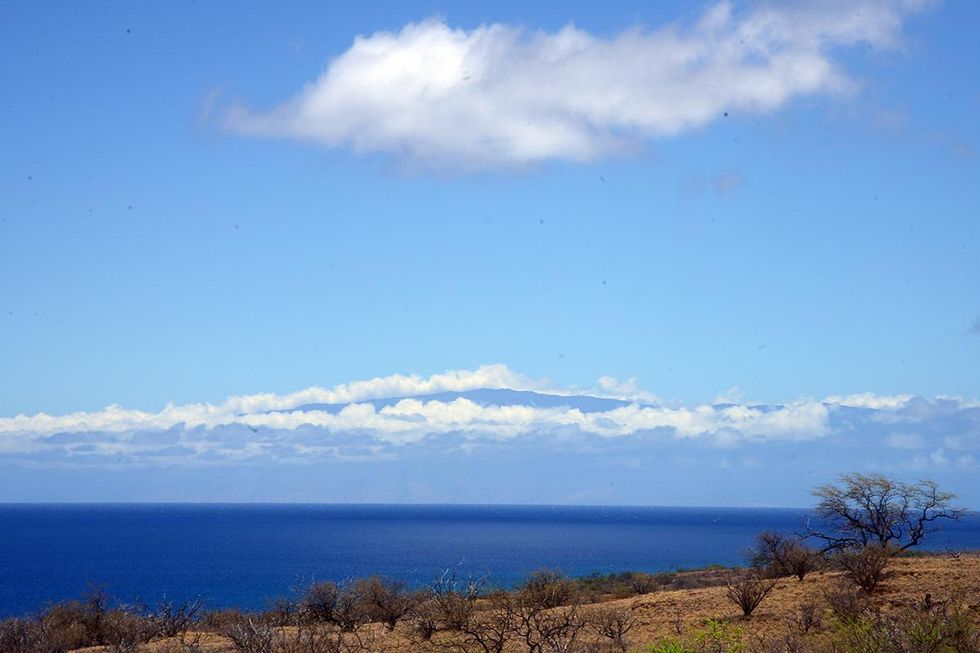
It was a succession of eruptions of this very sort which, over the eons, raised the stature of Hualālai and its sister Maunaloa to the south, creating a most salubrious environment for the cultivation of coffee. A narrow strip stretching 40 miles along the western slopes of the two mountains at altitudes ranging from 500 to 3,000 feet, the Kona coffee belt is blessed with fertile volcanic soil, bright sunny mornings, rainy afternoons, and mild nights—all the elements a coffee tree needs to succeed.
The first coffee seeds were planted in Hawai'i in 1817 by a Chilean who served as an interpreter and physician to Kamehameha I, the warrior chief who united the islands in 1810, but coffee farming in Kona didn't get properly underway until the late 1850s. The first farms were established by British, European, and American landowners whose need for labor drew waves of immigrants, primarily from Japan and the Philippines, many of whom subsequently established farms and other businesses of their own. Today, in an odd inversion of the trend towards megafarms on the mainland, the Kona coffee belt supports upward of 600 farms, most of them small, family-owned operations.
Making my way along the Māmalahoa Highway one morning, I happened upon Monarch Coffee, a farm and roastery started by Greg and Susy Stille in 2004. Former grocery store owners from Northern California who had been visiting the Hawaiian Islands for decades, the Stilles first tried their hand at coffee cultivation at the urging of Helen Russell and Brooke McDonnell, cofounders of the Bay Area-based roasting company, Equator Coffees. Today, the Stilles and their family grow two coffee varieties, Gesha and Pacamara, on the slopes of Hualālai. Monarch sells only 100 percent Kona coffee, not to be confused with the ubiquitous "Kona coffee" blend, which by law must contain a minimum of just ten percent Kona-grown coffee.
After perusing the farm and admiring its stout little trees (whose juicy red cherries tasted a little like a Champagne white peach) and a primer on the intricacies of the processing and drying methods that preserve the nuances of aroma and flavor, it was time for a pour, or rather, a pour over. The brew in question was their most exclusive offering, Monarch Estate Gesha Peaberry. Most coffee cherries contain an oblong double bean, whereas a peaberry is a solitary and more spherical bean. In blind tastings, some connoisseurs can tell the difference, apparently. I found the flavor very pleasant, like a mild black tea infused with rose hip. A one-pound bag goes for $90, pricey indeed but not at all surprising when you consider the costs of land and labor and of fending off threats like the coffee berry borer, coffee leaf rust, and gangs of wild boars who like nothing more than uprooting coffee trees in their quest for subterranean grubs. But growing coffee on Hawai'i has always been arduous, and those who keep at it do so as a labor of love.
Buzzing slightly, I headed south, for a date with Kīlauea. Before hiking around the rim of a crater, though, one should fuel up, so I stopped for lunch at the Manago Hotel in the small town of Captain Cook. Founded in 1917 by Kinzo Manago and his wife Osame, who had once sorted coffee beans at a local mill, it is run by the third generation of the family today. Its restaurant—which for $25 will outfit you with pickled vegetables, fensi noodles, potato and macaroni salad, fried onions and rice, and two thick ahi steaks sauteed in prodigious amounts of garlicky butter—will forever reside in my memory.
Back on the road, the going was slow. The traffic was in no hurry and thankfully so, for there were animals everywhere, wild and otherwise—dogs, cats, chickens, peacocks, mongooses, goats, and the aforementioned boars, which appear discreetly on the menus of certain restaurants as "Hawaiian hog." Buying mangoes at a fruit stand in Captain Cook I was captivated by a pack of hirsute piglets, cute as puppies, milling about beneath a macadamia tree. The fruit-seller saw me staring. "It takes three hundred pounds of pressure to crack the shell of a macadamia nut," he said ominously. The piglets gobbled them like popcorn.
Just around the southern end of the island, in Hawai'i Volcanoes National Park, I filled my bottle with rainwater from a spigot at the Kīlauea Visitor Center and set off on foot for the Halemaʻumaʻu Crater, home of the Hawaiian volcano deity Pelehonuamea. The air had a peculiar heaviness and a decided funk, an unsurprising state of affairs in the vicinity of a volcano which, even on a placid day, exhales on the order of 60 metric tons of sulfur dioxide. The trail wound through a moonscape of rocks painted yellow by volcanic vapors, past moss-lined vents whose steaming breath beckoned from unknown depths, and into a forest where mysterious purple ferns unfurled in the shade and the voices of invisible birds echoed in the trees.
Climbing upward from the forest, the trail arrived at an overlook from which I surveyed the unfathomable: a mile-and-a-half-wide, 1,600-foot-deep crater whose floor, blanketed in cinders and ash, concealed a slowly boiling lake of magma plumbed by some Hephaestean mechanism from 40 miles beneath earth's surface. In the spring and summer of 2018, more than 60,000 earthquakes rocked the summit of Kīlauea as its pent-up magma burst through a series of fissures, the ensuing lava flow devouring everything in its path on its march to the sea, just like Hualālai in the early 1800s.
Before sunset at the Four Seasons, I made my way to the beach, where a lava rock outcropping just offshore calmed the swells. I slipped on my mask and slipped under the waves where creatures of all kinds meandered in the currents—stout little hawkfish, dazzling Moorish idols, and big-lipped lei triggerfish with inquisitive yellow eyes. Mesmerized by their movement, I nearly collided with a honu (a green sea turtle) busily gnawing at the algae that clung to the rocks. Back-paddling to a safer distance, I marveled at the honu's dogged scraping and, a little hungry myself, glanced at my watch. There was just enough time for a quick freshening-up before my reservation at 'Ulu, whose coconut-poached kanpachi, paired with a nicely chilled Wakatake Onikoroshi "Demon Slayer" Junmai Daiginjo, were the stuff of dreams.
At one point in my stay, I went north up the coast to Puʻukoholā Heiau, a massive stone temple constructed in 1790 at the order of Kamehameha I. Dedicated to the war god Kūkā'ilimoku, it was built for human sacrifice, commencing with that of Kamehameha's cousin and rival Keoua who, according to some accounts, arrived at the consecration ceremony blissfully unaware of his central role in the proceedings. Kūkā'ilimoku seems to have been pleased, however, for within 20 years Kamehameha had succeeded in bringing the islands under his rule, upon which Puʻukoholā Heiau became the first seat of government of the Kingdom of Hawai'i. Yet for all the machinations to which it was privy, the heiau yielded no secrets as it loomed mutely over Pelekane Bay.
Across the water to the northwest, the peak of Haleakalā—the volcano whose name means "house of the sun"—emerged from the clouds that hid most of Maui from view. And just as it was on Oʻahu, I felt once more acutely aware of the time it takes to know a place, and of the promise of other islands still unseen.





















